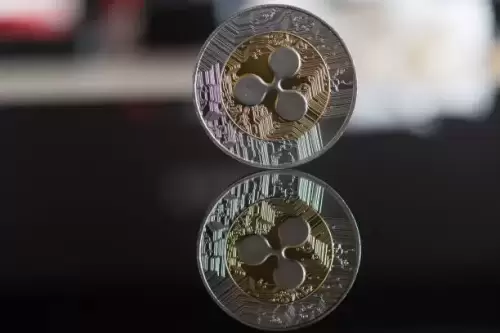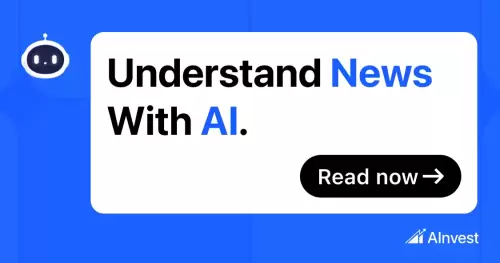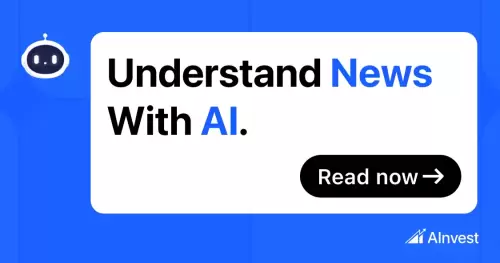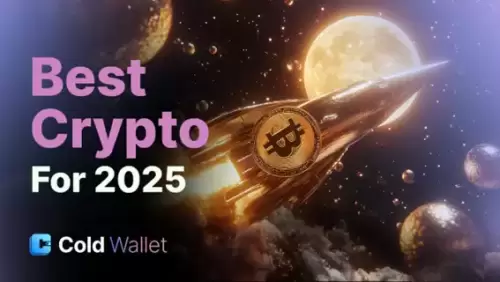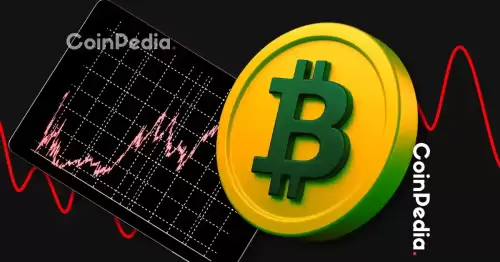 |
|
 |
|
 |
|
 |
|
 |
|
 |
|
 |
|
 |
|
 |
|
 |
|
 |
|
 |
|
 |
|
 |
|
 |
|
Cryptocurrency News Articles
Since their release, both Solana and Sui have quickly grabbed people’s attention
May 12, 2025 at 06:10 pm
Solanas been holding down a strong spot in the crypto space, drawing deep developer and investor interest with proven speed and reliability.

Solana and Sui are two blockchains that have gained significant attention for their speed and scalability. Both networks aim to overcome limitations of older chains like Ethereum.
Sui is a new blockchain that uses an object-centric model and the Move programming language. It's designed for rapid action and less user error. Solana, on the other hand, is known for its Proof of History consensus mechanism and parallel transaction processing capabilities.
Key Differences Between Sui and Solana
Architectural Differences:
Solana and Sui take fundamentally different approaches to blockchain architecture, leading to varied strengths and trade-offs.
Sui: Object-Centric Model and Move Language
In Sui, all assets and data are structured as objects, each with its own unique rules, lifecycle, and permissions. This is in contrast to traditional blockchains where balances and smart contracts are stored in shared accounts.
The Move language, originally developed for Facebook's Diem project, is used for writing smart contracts on Sui. It's a type-safe and resource-oriented language designed for safety and efficiency.
Solana: Proof of History and Parallel Transactions
Solana uses Proof of History (PoH) to order actions on the chain. It's a cryptographic timestamp that's immune to tampering and allows the network to reach consensus quickly.
Solana's architecture also enables parallel transaction processing, where multiple tasks can be executed simultaneously. This is in contrast to most blockchains that process transactions one at a time, leading to bottlenecks during periods of high activity.
Impact on Speed, Scalability, and User Experience:
Both network's innovations provide significant improvements over the blockchain status quo.
Solana's parallel engine is capable of handling a high volume of transactions without substantial slowdowns. This property is crucial for seamless integration with dApps and a smooth user experience.
Sui's object-centric model and the Move language contribute to efficient execution of routine actions, such as sending tokens or NFTs, with minimal user error.
Solana's architecture and community have enabled it to build a vibrant ecosystem of dApps. These dApps cater to various use cases, including DeFi, NFTs, gaming, and more.
Solana's ecosystem is relatively mature, while Sui's is still rapidly expanding. Both platforms offer a range of developer tools and community resources.
Solana's strong brand and community presence have helped it gain a large following on social media and in the crypto space.
Solana is known for its reliable uptime and stable performance.
Solana has experienced some security incidents in the past, but it's constantly working to improve the security of its network.
Sui is a new blockchain with a unique technology stack and a fast-growing ecosystem.
Sui's dApps are still in early stages of development, but there are already some interesting projects in various domains.
Sui's community is active and engaged, providing support to new developers and sharing knowledge.
Solana's ecosystem is more mature and has a denser liquidity pool compared to Sui's.
Solana's developer community is experienced and capable of building complex dApps.
Both chains keep transaction fees low and aim to provide a high-throughput experience.
Solana's architecture provides better protection against counterparty risk compared to Sui's.
Solana has a longer track record and has survived several market cycles.
Solana's ecosystem is more diversified with dApps serving a variety of use cases.
Sui's dApps are still largely focused on DeFi and NFTs.
Solana's community is more technical and engaged in deep discussions about the blockchain's technology.
Sui's community is more welcoming to newcomers and provides quick support on community channels.
Solana's dApps have proven market fit and are capable of handling large-scale activity.
Sui's dApps are still in early stage and are being tested by a smaller user base.
Solana's ecosystem is densely packed with dApps in close proximity.
Sui's ecosystem is more sparse with dApps serving distinct use cases.
Solana's dApps are interoperable and can interact with each other seamlessly.
Sui's dApps are largely independent and communicate through the chain's messaging system.
Solana's dApps are deployed and maintained by experienced blockchain developers.
Sui's dApps are built by a diverse range of developers with varying levels of experience.
Solana's dApps are optimized for the chain's architecture and perform at peak efficiency.
Sui's dApps are still being adapted to the chain's unique properties and runtime.
Solana's dApps are integrated with popular crypto wallets and services.
Sui's dApps are primarily accessed through the chain's official wallet and browser extension.
Solana's dApps cater to a wide range of user needs and preferences.
Sui's dApps are largely focused on DeFi and NFT applications.
Solana's
Disclaimer:info@kdj.com
The information provided is not trading advice. kdj.com does not assume any responsibility for any investments made based on the information provided in this article. Cryptocurrencies are highly volatile and it is highly recommended that you invest with caution after thorough research!
If you believe that the content used on this website infringes your copyright, please contact us immediately (info@kdj.com) and we will delete it promptly.






















































